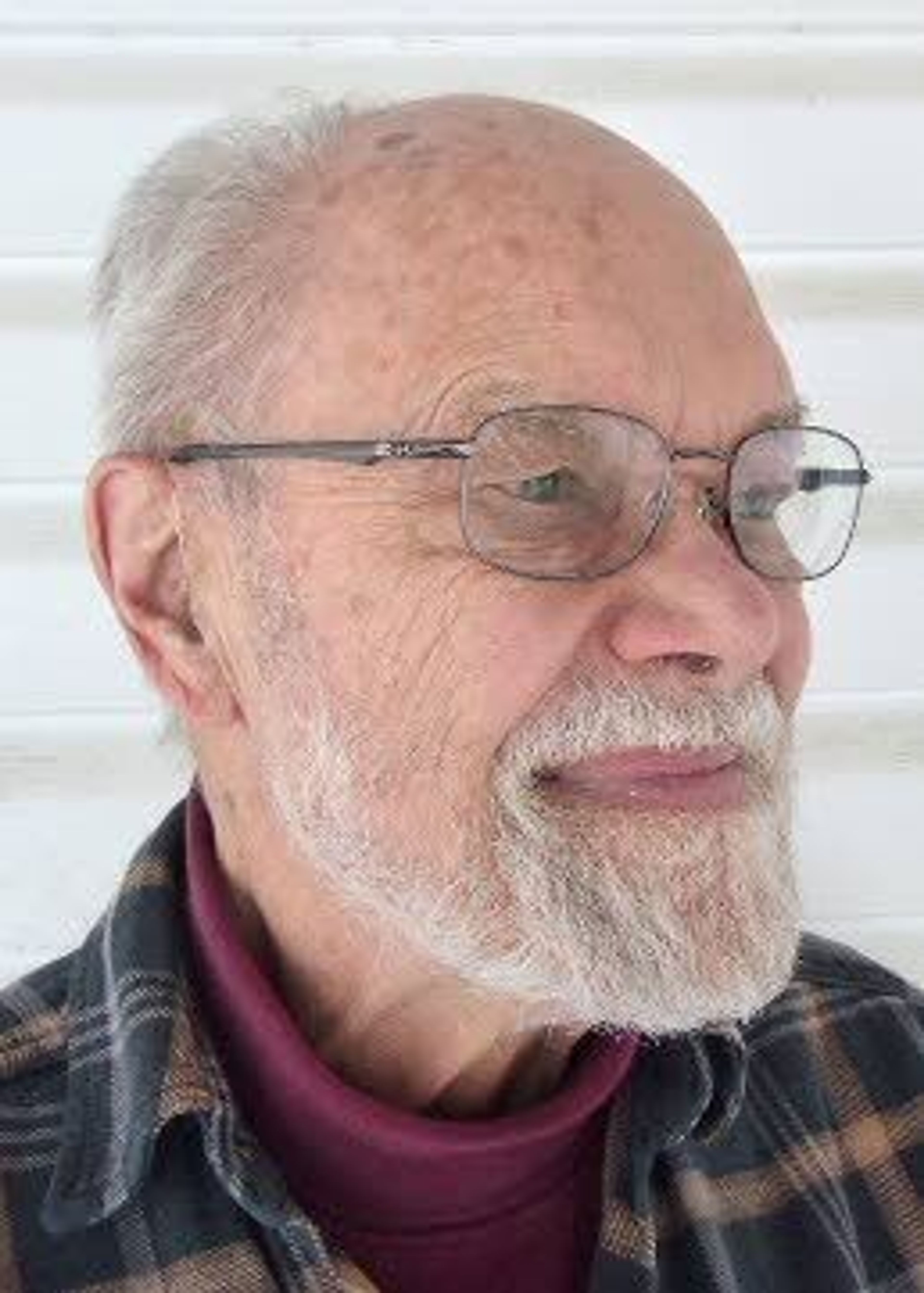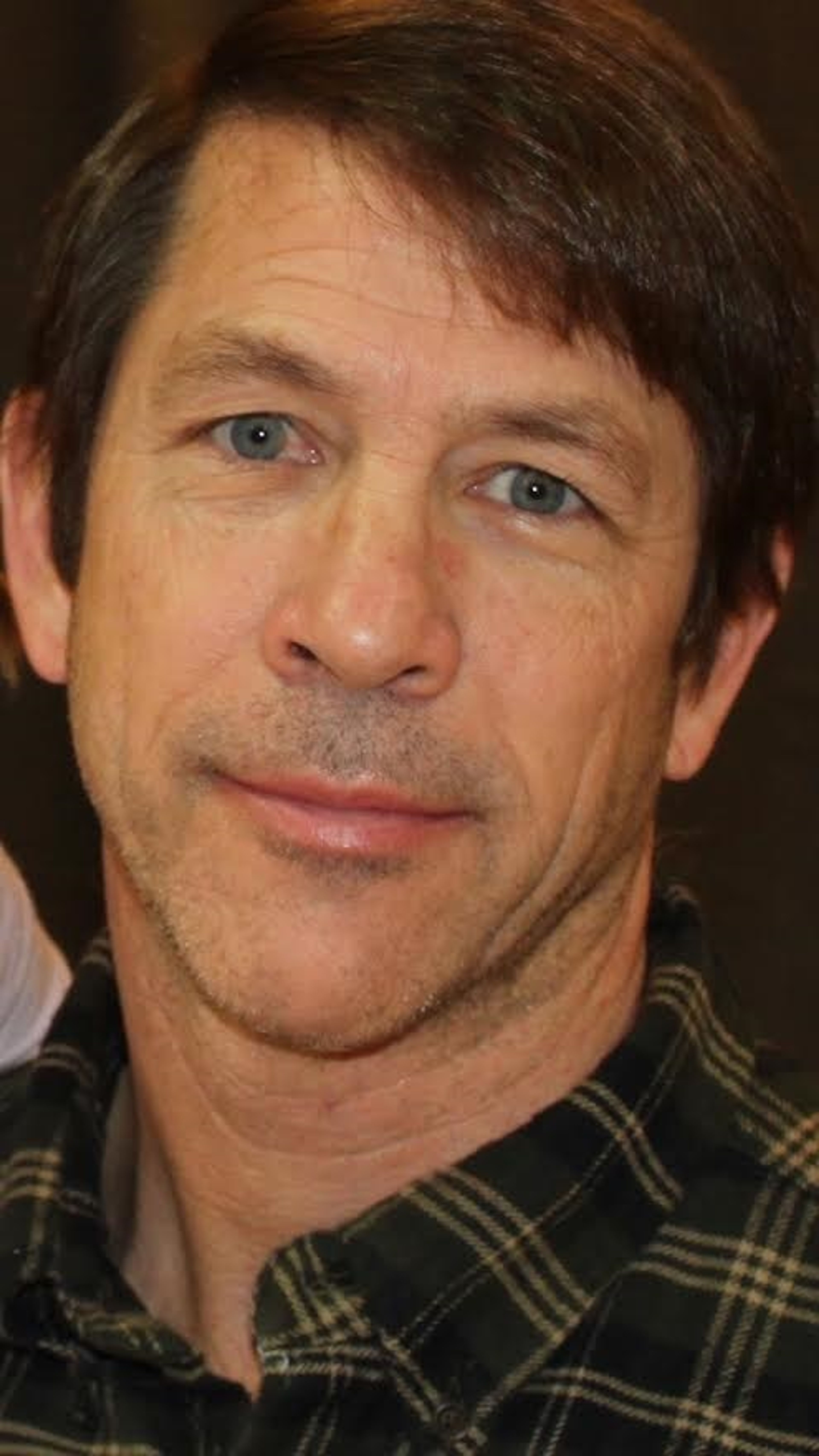You’ve heard of climate change? It’s that colossal uncontrolled experiment that we didn’t know was in progress until recent decades. Actually, that experiment encompasses much more than mere climate change.
This month The Guardian published “Sixty years of climate change warnings: the signs that were missed (and ignored).” At 4,400 words, it’s the short form of author Alice Bell’s newly released book: “Our Biggest Experiment: A History of the Climate Crisis.” It’s monumental, yet eminently readable.
Mentioned in passing is “The Limits to Growth,” or LtG, a 1972 book that inspired my own dissertation project. The book’s foreword observes, “It is the predicament of mankind that man can perceive the problem, yet, despite his considerable knowledge and skills, he does not understand the origins, significance, and interrelationships of its many components.” It further explains, “we examine single items in the problem without understanding that the whole is more than the sum of its parts, that change in one element means change in the others.”
The work by a team of MIT scientists was excoriated by politicians, economists, and myriad other pundits “who misrepresented its findings and methods.” Others took it seriously. Twenty- and 30-year follow-ups reported that the original projections were on track. Bell’s book mentions this in passing but doesn’t discuss a more recent study.
That study, “Update to limits to growth: comparing the World 3 model with empirical data,” is based on a Harvard master’s thesis and published in the Yale Journal of Industrial Ecology. Author Gaya Herrington, a sustainability and dynamic systems analyst for consulting firm KPMG, compared LtG projections with the “most current real-world data.” Herrington’s work has been featured by many media in recent weeks.
Examining 10 variables, including population, fertility rates, pollution levels, food production, and industrial output, she found close alignment with two of the possible scenarios studied in LtG: “Business as Usual” (BAU) and “Comprehensive Technology” (CT). The original book projected that “Industrial civilization was on track to collapse sometime within the 21st century, due to overexploitation of planetary resources.”
Herrington’s study raises questions about returning to a pre-pandemic “normal,” particularly in the face of droughts, floods, and fires many scientists associate with climate change. That study represents “the first time a top analyst working within a mainstream global corporate entity has taken the ‘limits to growth’ model seriously.”
The most closely aligned scenarios “show a halt in growth within a decade or so from now.” Both indicate that business as usual, pursuing continuous growth, “is not possible,” even when paired “with unprecedented technological development.” Such scenarios “would inevitably lead to declines in industrial capital, agricultural output, and welfare levels within this century.”
“Given the unappealing prospect of collapse,” Herrington said, “I was curious to see which scenarios were aligning most closely with empirical data today.” Because nearly 50 years ago LtG was a best seller, “by now we’d have several decades of empirical data” for meaningful comparisons, she noted. Earlier studies that attempted this found “the model’s worst-case scenarios accurately reflected real-world developments,” but the most recent was done in 2014.
In an interview, Herrington said “collapse” doesn’t mean humanity will cease to exist, but rather “economic and industrial growth will stop, and then decline, which will hurt food production and standards of living.” The BAU2 scenario shows a steep decline beginning in about 2040. The most optimistic pathway, “Stabilized World,” had the least-close fit to empirical data. This pathway projected a world that follows a sustainable path while experiencing smallest declines in economic growth. It includes technological innovation and widespread investment in public health and education.
In a 2020 presentation to the World Economic Forum, Herrington suggested an “agnostic” approach to growth focused on economic goals and priorities other than growth. “Human activity can be regenerative and our productive capacities can be transformed,” she said. Rapid development and deployment of vaccines demonstrate our capability to respond positively to global challenges. We need just such an approach to the environmental crisis, she said.“The necessary changes will not be easy and pose transition challenges, but a sustainable and inclusive future is still possible,” said Herrington.
The world’s biggest experiment continues. What might be the outcome? Stay tuned.
Haug and his live-in editor and wife, Jolie, share ideas likethese over dinner. Contact him at petes.pen9@gmail.com. His internet posts are at https://spokanefavs.com/author/peter-haug/








